Safety First: How Industrial Maintenance Contributes to a Safer Workplace
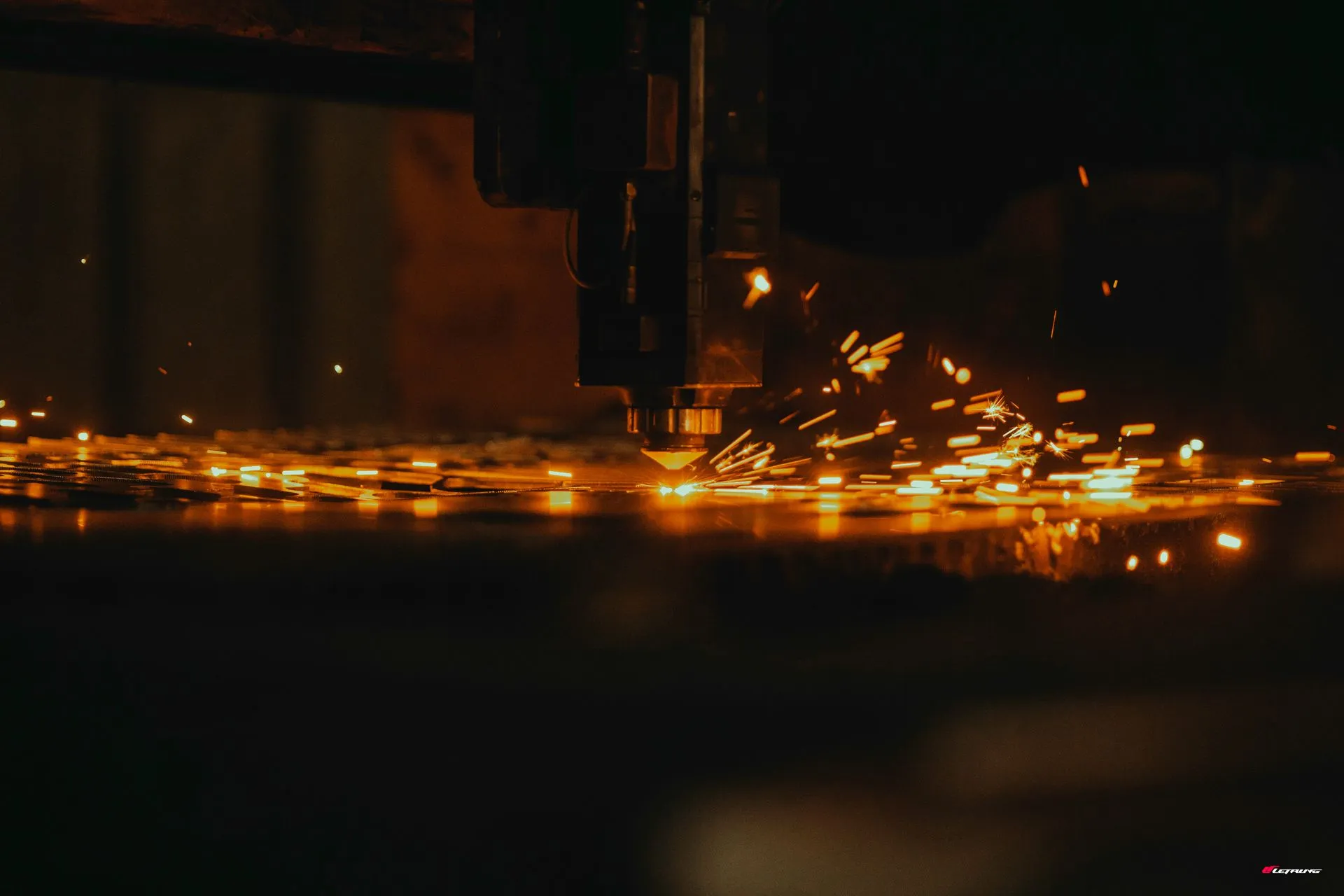
Safety is paramount in any industrial setting. The machinery, tools, and systems that keep operations running smoothly also pose significant risks if not properly maintained. Industrial maintenance plays a critical role in minimizing these risks, contributing to a safer workplace for all employees.
The Link Between Maintenance and Safety
Industrial environments are often complex and hazardous. From heavy machinery to high-voltage electrical systems, numerous potential dangers can lead to accidents if safety protocols are not followed. This is where industrial maintenance comes in—it’s not just about keeping equipment running efficiently; it’s about ensuring everything operates safely.
Here’s how effective maintenance contributes to workplace safety:
- Prevents Equipment Failures: Equipment failure is one of the most significant safety risks in an industrial environment. Machines malfunctioning can cause serious accidents, including fires, explosions, or mechanical injuries. Regular maintenance checks ensure that all equipment is in good working order, reducing the likelihood of sudden breakdowns that could endanger workers.
- Ensures Compliance with Safety Standards: Industrial operations are governed by strict safety regulations, and failing to comply can result in severe penalties, including shutdowns. Routine maintenance helps ensure that all equipment meets these regulatory standards, keeping the workplace safe and compliant.
- Reduces Hazardous Conditions: Industrial maintenance involves regular inspections and cleaning, which help to identify and eliminate hazardous conditions such as leaks, spills, or worn-out parts. Addressing these issues promptly prevents them from escalating into more dangerous situations.
- Enhances Worker Confidence: A well-maintained workplace fosters a culture of safety. When employees know their tools and machinery are regularly inspected and maintained, they can perform their tasks more confidently, reducing the likelihood of accidents caused by uncertainty or hesitation.
Critical Areas of Maintenance That Impact Safety
To understand the full impact of industrial maintenance on safety, it’s essential to look at the specific areas where maintenance practices make a difference:
- Mechanical Systems: Regular lubrication, part replacement, and alignment checks are crucial for preventing mechanical failures. Maintenance teams must ensure that all moving parts operate smoothly and that no signs of wear could lead to malfunction.
- Electrical Systems: Electrical systems pose significant risks, including the potential for shocks, fires, and arc flashes. Maintenance of these systems involves inspecting wiring, circuit breakers, and insulation, ensuring that everything is in proper condition and that there are no loose connections or faulty components.
- Structural Integrity: The physical structures of an industrial facility, including floors, walls, and support beams, must be regularly inspected for signs of damage or wear. Cracks, rust, or other structural issues can pose serious risks, especially in environments with heavy equipment.
- HVAC Systems: Heating, ventilation, and air conditioning systems are essential for maintaining a safe and comfortable working environment. Regularly maintaining these systems ensures proper airflow, temperature control, and the prevention of hazardous gas buildup, which could lead to respiratory issues or explosions.
- Safety Equipment: The maintenance of safety equipment, such as fire extinguishers, emergency shut-off systems, and personal protective equipment (PPE), is vital. These tools are the last line of defense in an emergency and must be in perfect working order to protect workers effectively.
The Role of Predictive Maintenance in Enhancing Safety
While traditional preventive maintenance has long been the standard, predictive maintenance is becoming increasingly important in enhancing workplace safety. Predictive maintenance involves using data analytics and sensor technology to monitor equipment conditions in real time. This allows for early detection of potential issues before they lead to failures.
Predictive maintenance offers several safety benefits:
- Early Detection of Hazards: By continuously monitoring equipment, predictive maintenance can identify overheating, vibration, or unusual noise levels that may indicate an impending failure. Addressing these issues early can prevent accidents.
- Minimized Downtime: Predictive maintenance helps plan maintenance activities during scheduled downtime rather than unexpected breakdowns. This minimizes the disruption to operations and reduces the risk of accidents during emergency repairs.
- Enhanced Decision-Making: Access to real-time data allows maintenance teams to make informed decisions about when and how to service equipment, prioritizing safety-critical tasks and ensuring that resources are used effectively.
Building a Safety-First Culture Through Maintenance
Creating a safer workplace through industrial maintenance requires more than technical expertise—it also involves fostering a safety culture. Here are some strategies to achieve this:
- Regular Training: Ensure maintenance teams and other employees are regularly trained on safety protocols, equipment handling, and emergency procedures. This keeps safety in mind and ensures everyone knows how to respond to potential hazards.
- Clear Communication: Encourage open communication between maintenance teams and other departments. When employees notice potential issues, they should feel comfortable reporting them so that maintenance can address them promptly.
- Continuous Improvement: Safety is an ongoing concern, and maintenance strategies should be regularly reviewed and updated to reflect new technologies, regulations, and best practices.
Conclusion: Prioritizing Safety Through Maintenance
In the industrial sector, safety and maintenance are intrinsically linked. By prioritizing regular maintenance of machinery, systems, and safety equipment, companies can significantly reduce the risk of workplace accidents and ensure that employees go home safely at the end of each day.
A proactive approach to maintenance enhances operational efficiency and builds a safety-first culture that protects workers and the bottom line. In an environment where the smallest oversight can lead to serious consequences, industrial maintenance is a crucial defender of safety.
Newsletter
Don't miss a thing!
Sign up to receive daily news
Recent Posts
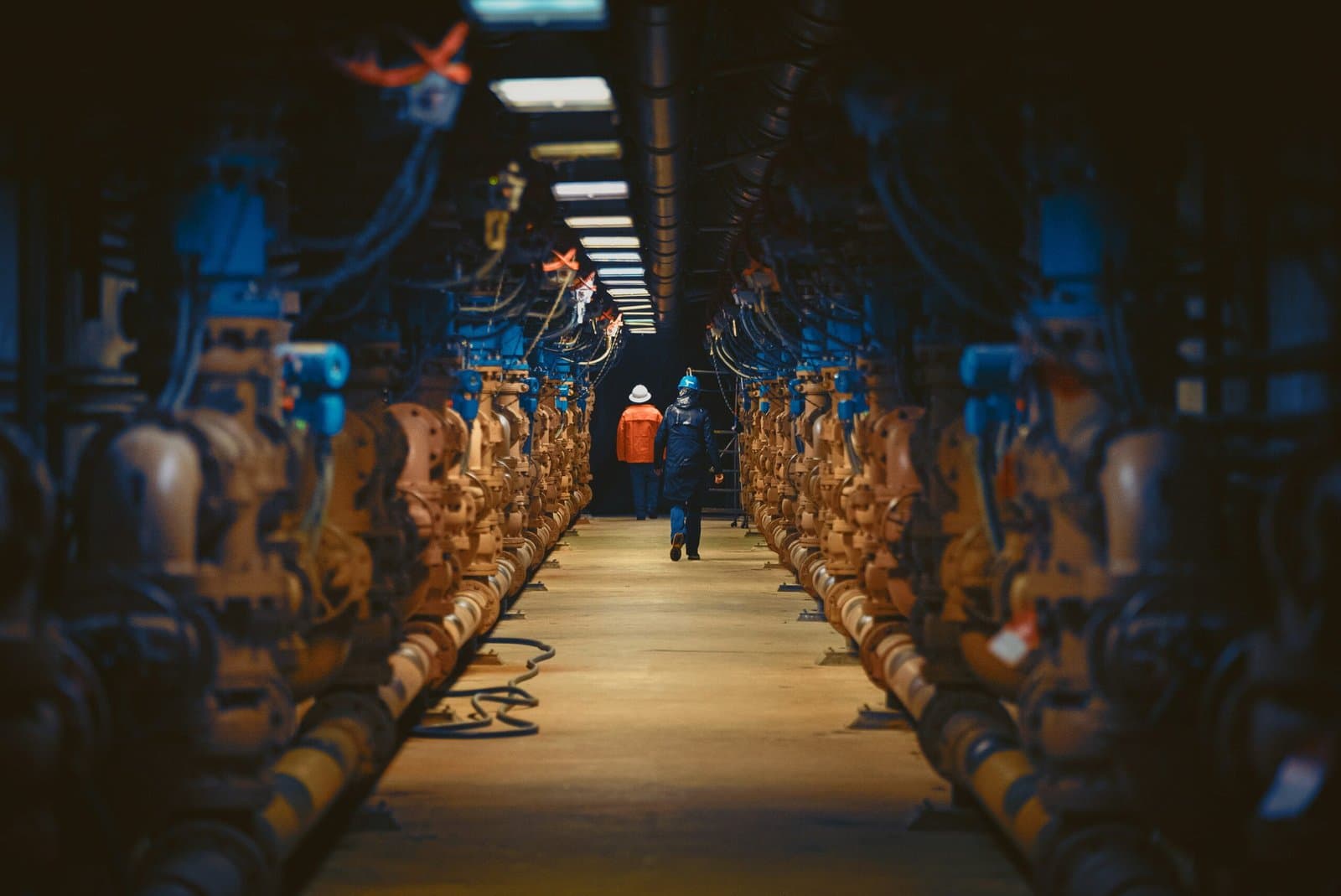
august 30, 2025
Decommissioning a Facility: How to Turn It into a Profitable Venture
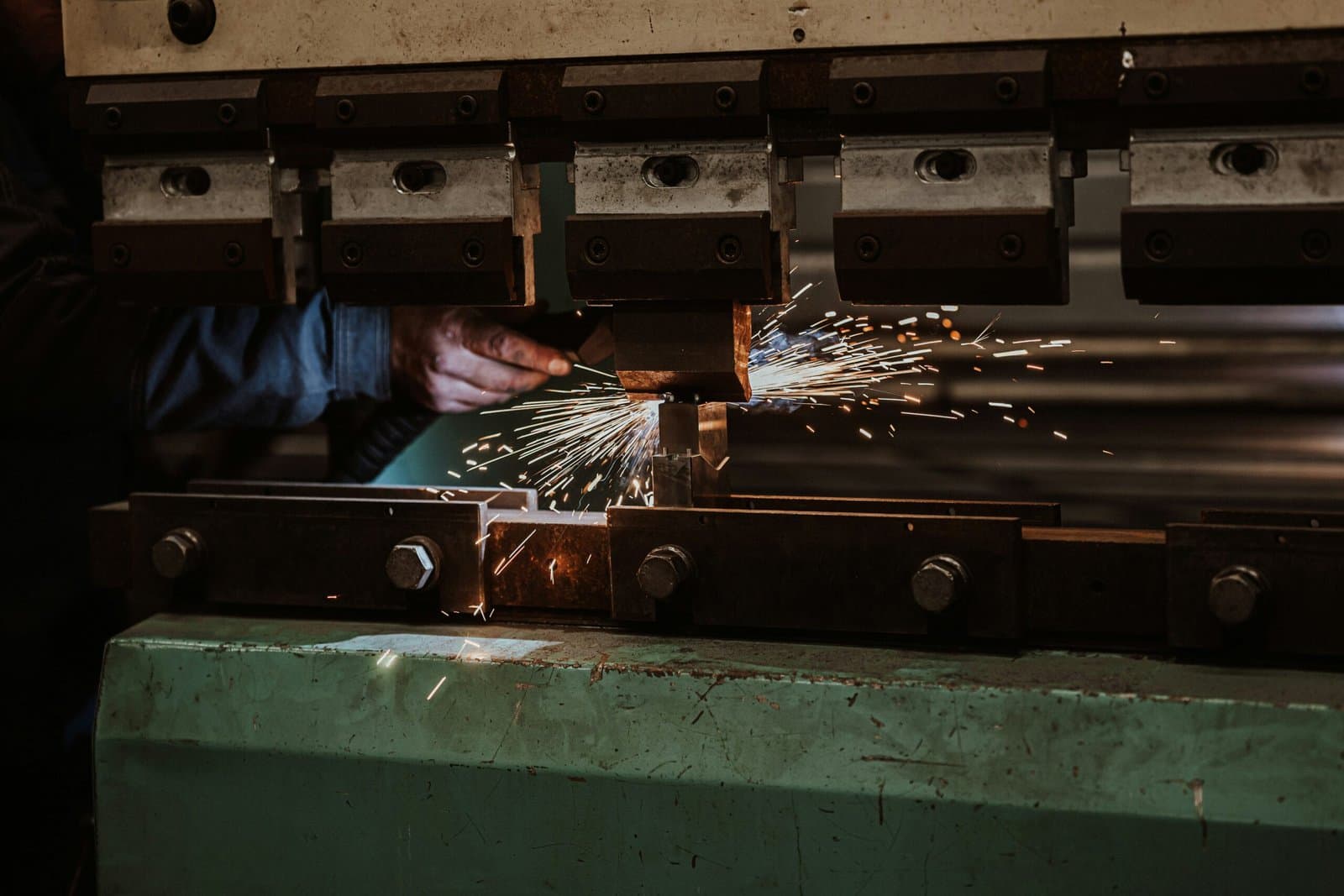
august 25, 2025
Hydraulic Press Maintenance 101
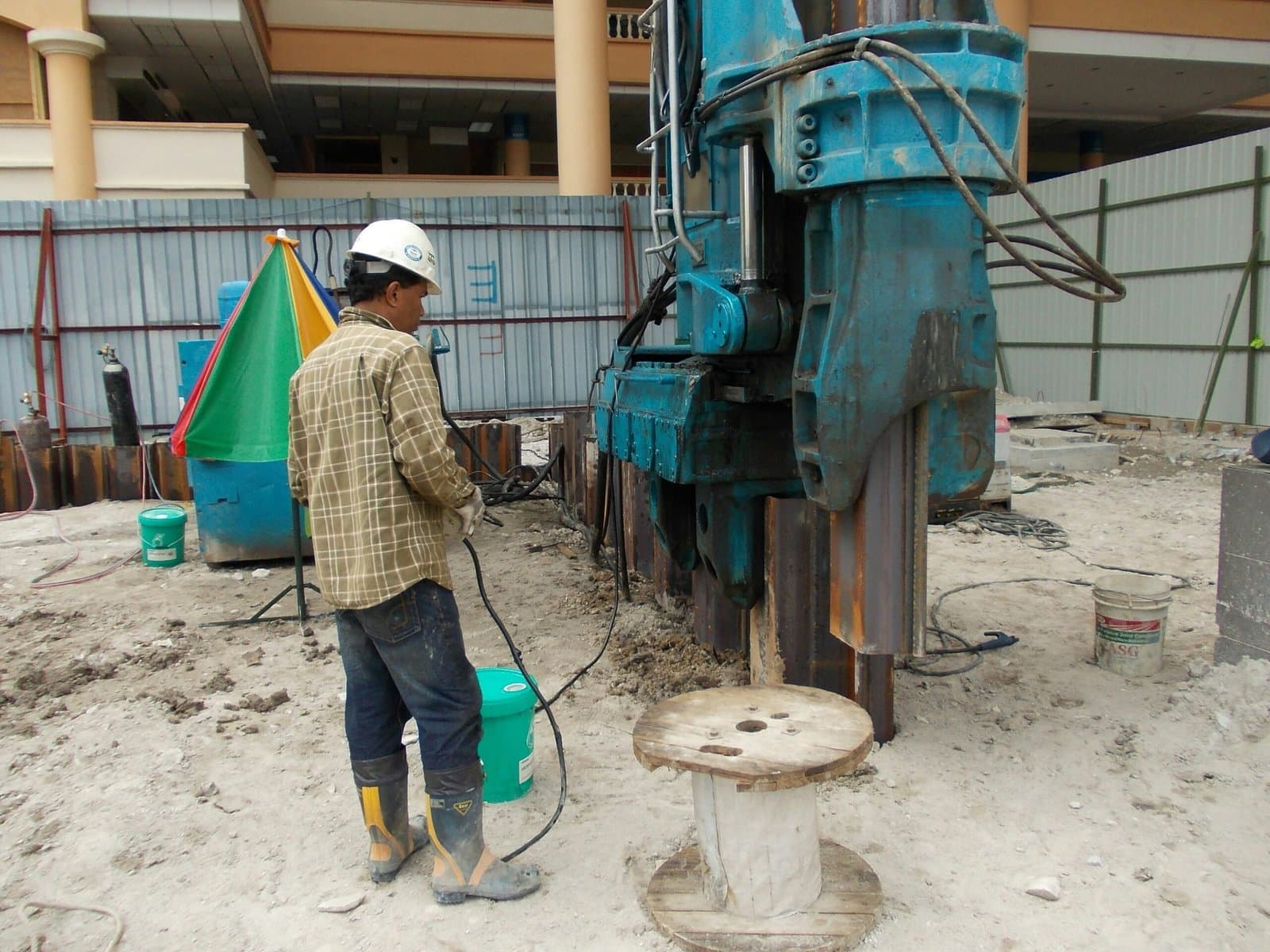
august 18, 2025
Rigging Machinery: The Challenge of Moving and Installing Outdated vs. Modern Equipment
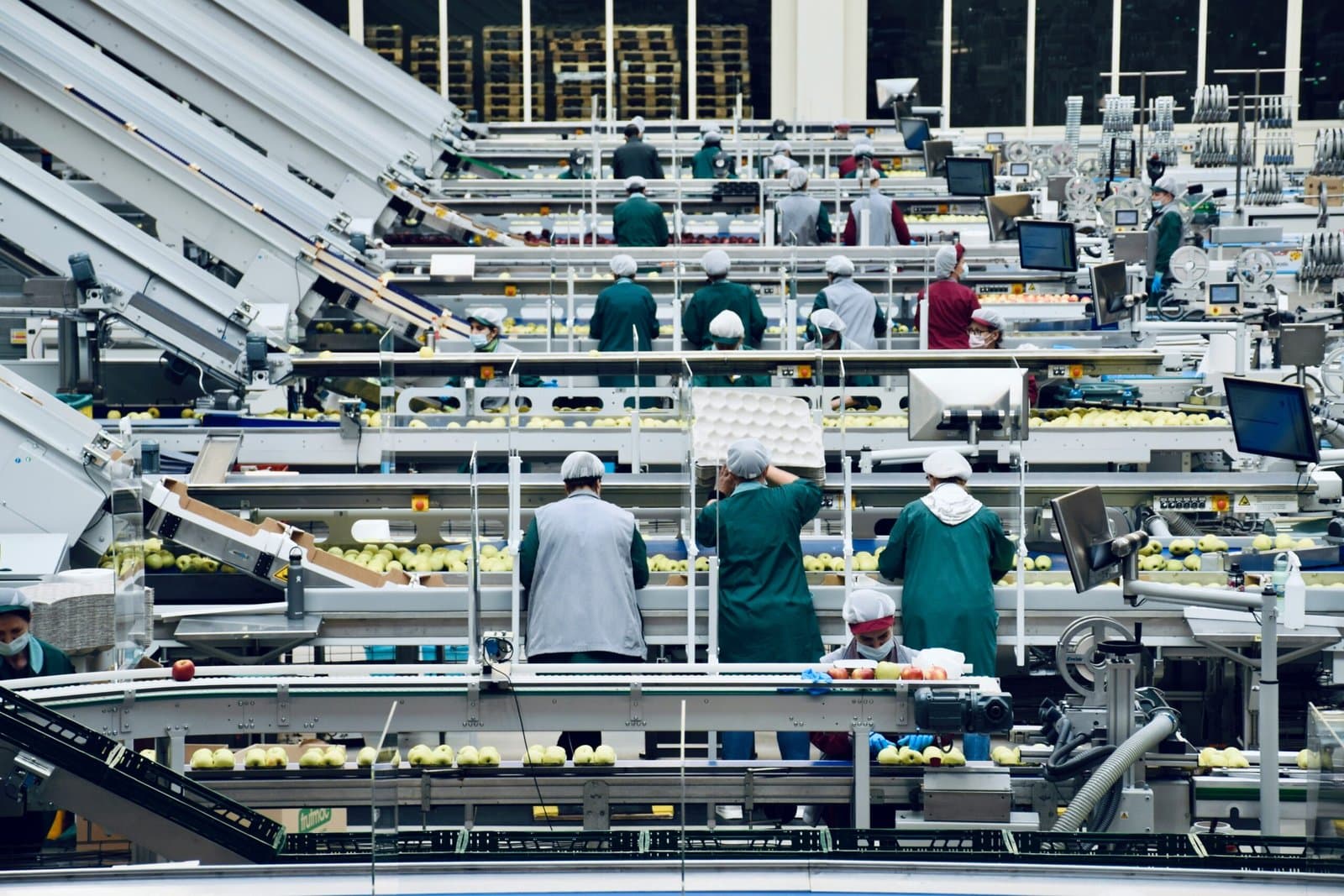
august 16, 2025
Conveyor System Maintenance: 5 Early Warning Signs of Failure
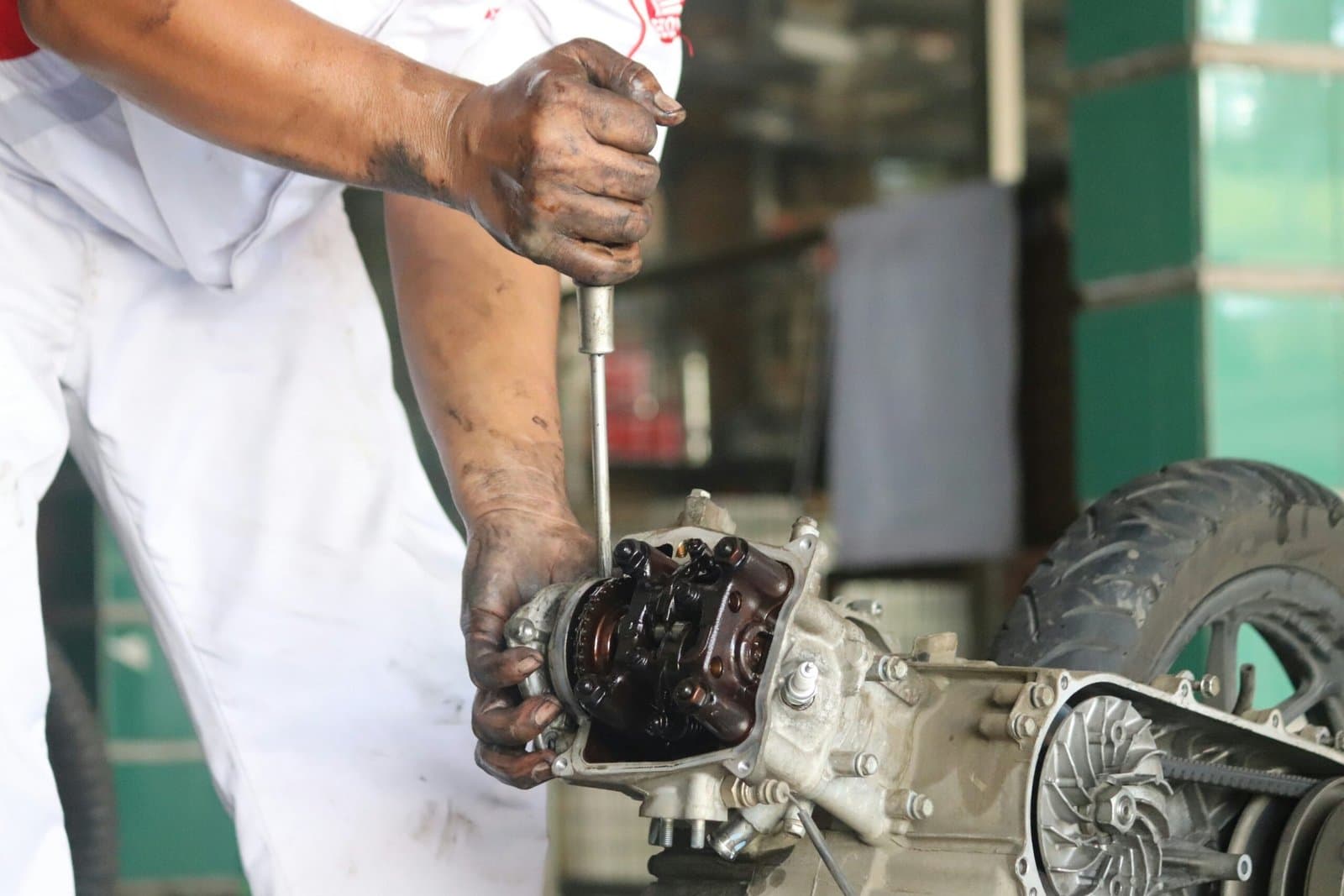
august 14, 2025
Predictive Maintenance: The Smarter Alternative to Costly Reactive Repairs
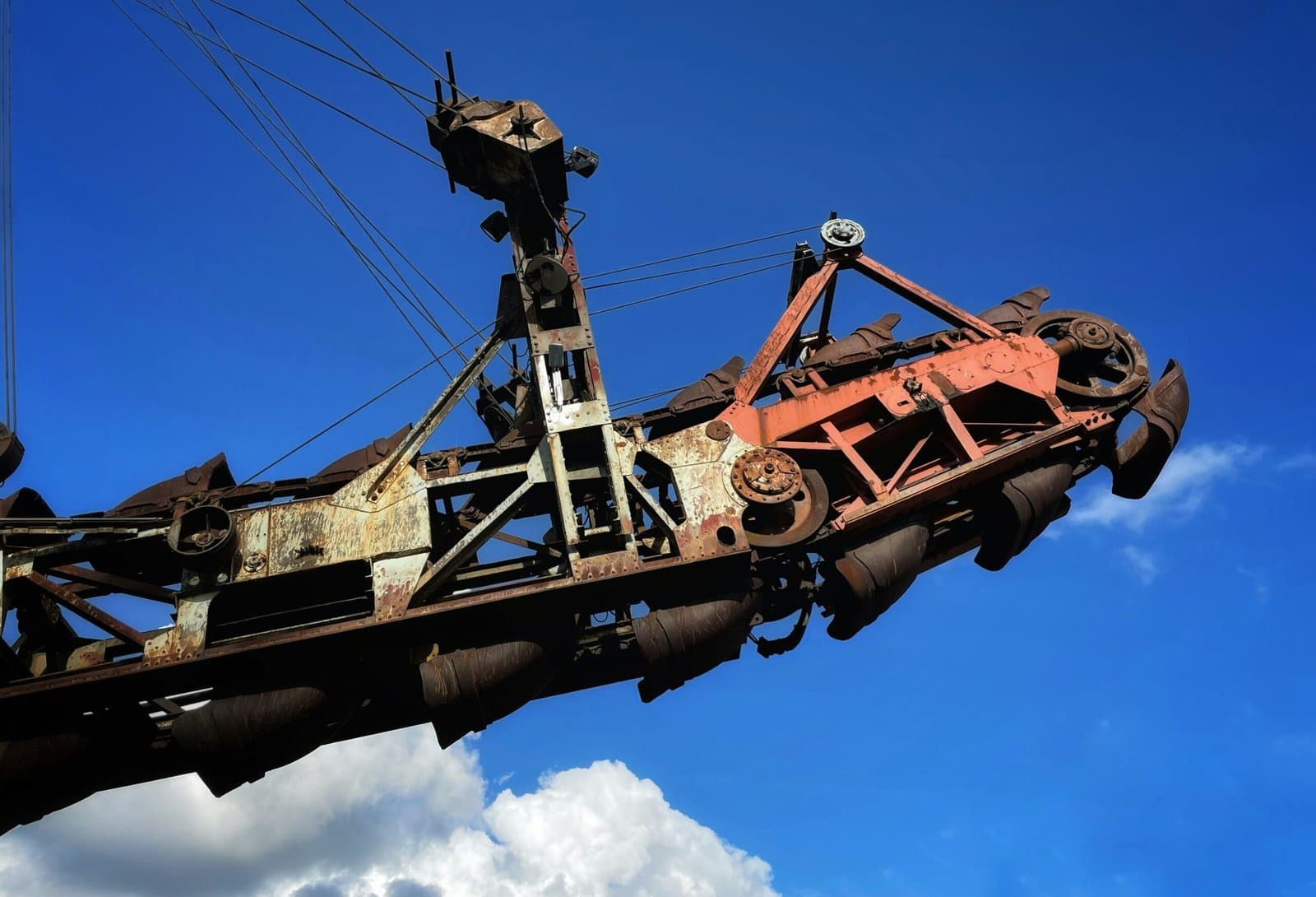
august 11, 2025